ROLL WITH IT - BEST ESSENTIAL KITCHEN USES FOR ALUMINUM FOIL
In nearly every kitchen pantry worldwide, a silent workhorse resides: the roll of
"The power of the kitchen is often found in its simplest tools. The aluminum foil roll is a prime example."
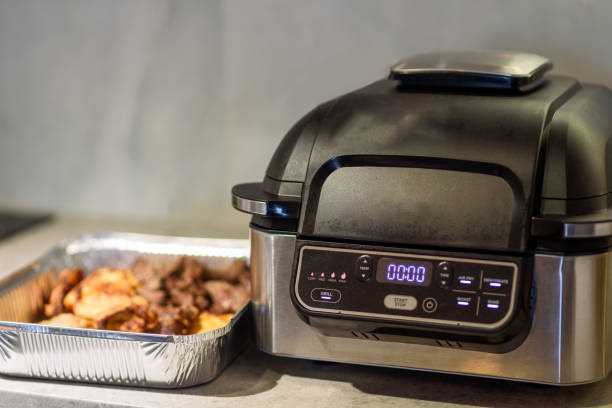
1. The Science Behind the Shine: Why Aluminum Foil Works
Excellent Heat Management: Aluminum is a superb conductor of heat, ensuring even cooking when wrapping food. Conversely, its reflective surface can be used to shield areas from excessive heat.Superior Barrier: It creates an effective barrier against light, moisture, oxygen, and odors, crucial for preserving food quality and preventing freezer burn when used forwrapping food aluminum foil .Malleability: It's incredibly pliable, easily shaped to fit around food, cover dishes, or form improvised tools.Temperature Resistance: It withstands a wide range of temperatures safely, from hot ovens to freezing temperatures.Term-Definition Pair: Conduction (Thermal): The transfer of heat through direct contact. Aluminum foil's high thermal conductivity means heat transfers quickly and evenly from the oven air or grill grates through the foil to the food.
2. Essential Cooking Techniques with Aluminum Foil Roll
2.1. Foil Packet Cooking (En Papillote Simplified)
How It Works: Steam builds up inside the packet, cooking the food gently and locking in moisture and flavor.Best For: Fish fillets, chicken breasts, vegetables (asparagus, potatoes, corn on the cob), even fruits for dessert.Benefit: Incredibly moist and flavorful food; all the cooking happens inside the packet, making cleanup minimal. (Links conceptually to [Cách làm cá hồi nướng giấy bạc ] and [Cách làm cá ba sa nướng giấy bạc ] techniques).
2.2. Lining Pans and Trays
Process: Simply tear off a piece of foil large enough to cover the pan, pressing it into the corners and up the sides.Benefit: Catches drips, spills, and baked-on residue. Food residue sticks to the foil, not the pan. After cooking, simply peel off the foil and discard. (Relates to ease of cleanup mentioned with [Khay giấy bạc đựng hải sản ]).
2.3. Covering Dishes in the Oven
Method: Loosely tent foil over the dish or crimp it tightly around the edges of the pan.Purpose: Prevents over-browning or drying out the top layer while the rest of the dish finishes cooking. It can also trap steam for a moister result early in the cooking process.
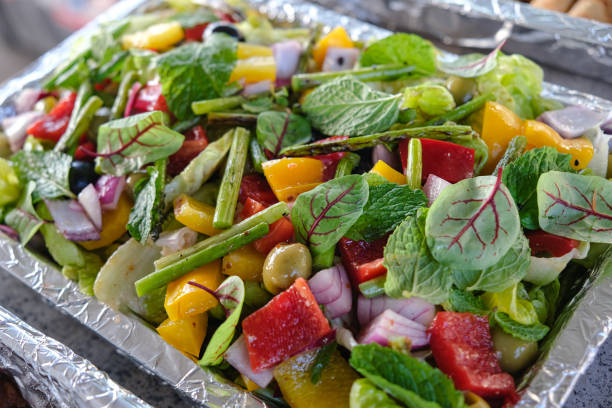
3. Smart Storage and Preservation with Foil
Wrapping Leftovers: A classic use forwrapping food aluminum foil . Provides a decent barrier to keep air out and moisture in for short-term storage in the fridge.Freezing Food: Wrapping items tightly in foil before placing them in the freezer helps prevent freezer burn, protecting texture and flavor for longer periods. It's an extra layer of protection, often used after wrapping in plastic wrap or placing in a freezer bag. (Connects to [Freezing Fish Aluminum Tray ] concept from previous articles).Keeping Food Warm: Wrapping cooked items like baked potatoes, grilled meats, or sandwiches in foil before serving helps retain heat.Protecting Ripening Fruit: Wrapping the stem end of bananas in a small piece of foil can help them last longer by reducing the release of ethylene gas.
"From hot out of the oven to long-term freezer storage, aluminum foil helps maintain food quality."
4. Beyond Cooking: Ingenious Aluminum Foil Hacks
Making a Temporary Funnel: Roll a piece of foil into a cone shape to easily pour liquids or dry goods into containers with narrow openings.Improvised Piping Bag: Shape foil into a cone, fill with frosting or sauce, and snip the tip for a quick disposable piping tool.Scrubbing Pots and Pans: Crumple a piece of used (but clean) foil into a ball. Add a little soap, and use it to scrub stubborn residue off pots and pans – it's an effective abrasive.Sharpening Scissors: Fold a piece of foil several times to create a thick pad. Cut through the foil pad multiple times with dull scissors to help sharpen the blades.Cleaning Silverware: Line a baking dish with foil (shiny side up), add hot water and a few tablespoons of baking soda, and submerge silverware. The chemical reaction helps remove tarnish.Protecting Oven Racks: Before self-cleaning an oven, wrap the racks in aluminum foil to protect them from the intense heat cycle (check your oven manual first!).Creating Pie Crust Shields: Crimp foil around the edges of a pie crust to prevent it from burning while the filling bakes.Indentation: These less conventional uses demonstrate the sheer adaptability of a simple roll of foil.
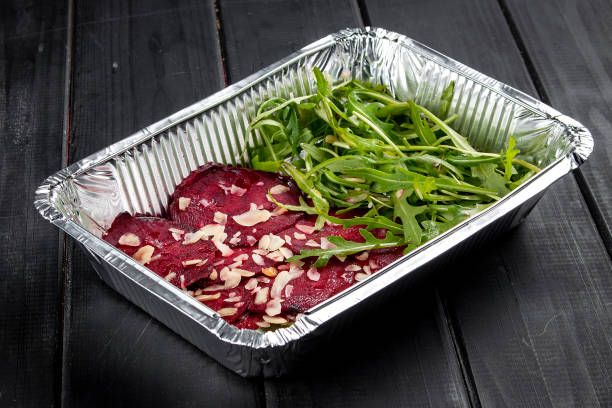
5. Choosing the Right Roll: Standard vs. Heavy-Duty
Standard Foil: Thickness: Thinner, more flexible.Best For: Wrapping leftovers, covering dishes, basic lining of pans for easy cleanup.Pros: More affordable, easier to shape around irregular items.
Heavy-Duty Foil: Thickness: Thicker, more durable.Best For: Grilling (less likely to tear), roasting heavy items, making sturdy foil packets, lining pans for foods that might puncture thinner foil, protecting oven racks.Pros: More robust, less prone to tearing or puncturing, better for high-stress applications.
Block Quote: Tip: For most everyday tasks, standard foil is sufficient. Invest in heavy-duty foil specifically for grilling, roasting large items, or making robust packets.
6. Safety Considerations & Sustainability
Microwave Safety: As discussed in detail [linking to the "Can Aluminum Foil Containers Be Microwaved?" article],never put aluminum foil in a microwave oven . Metal reflects microwaves and can cause arcing, damaging the oven or starting a fire. This warning applies to foil rolls, crumpled foil, or any shape made from foil.Acidic Foods: While safe for cooking, prolonged contact (days) between highly acidic foods (like tomato sauce or citrus) and aluminum foil during storage can cause a slight metallic taste and may corrode the foil. It's best to store acidic leftovers in non-reactive containers (glass or plastic).Recycling: Aluminum is highly recyclable . Foil can be recycled, but it needs to be relatively clean of food residue. Scrunch foil into a ball larger than a golf ball to make it easier for recycling facilities to sort.
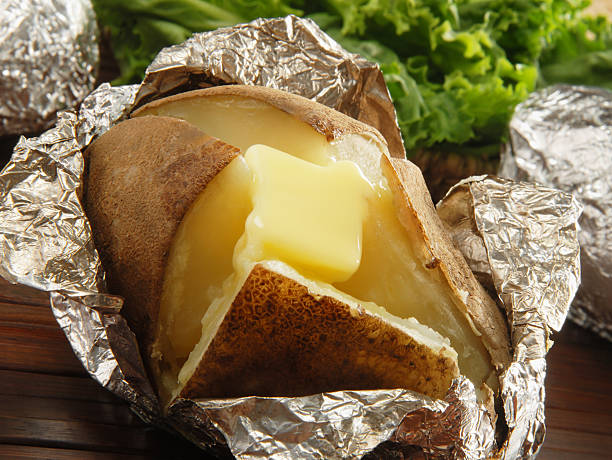
7. Frequently Asked Questions About Aluminum Foil Rolls
7.1. Usage Questions
7.2. Cooking Specific Questions
Indentation: Foil packets are versatile for many types of food.
CONCLUSION: The Indispensable Role of the Aluminum Foil Roll
Key Takeaways - Why the Foil Roll is Essential: 💡 Offers unparalleled versatility for cooking, storage, and hacks.♨️ Ensures even cooking and helps retainmoisture and flavor .🧼 Provides effortless cleanup when used for lining or packets.🛡️ Acts as an effective barrier for food preservation.🧠 Enables creative solutions for common kitchen challenges.
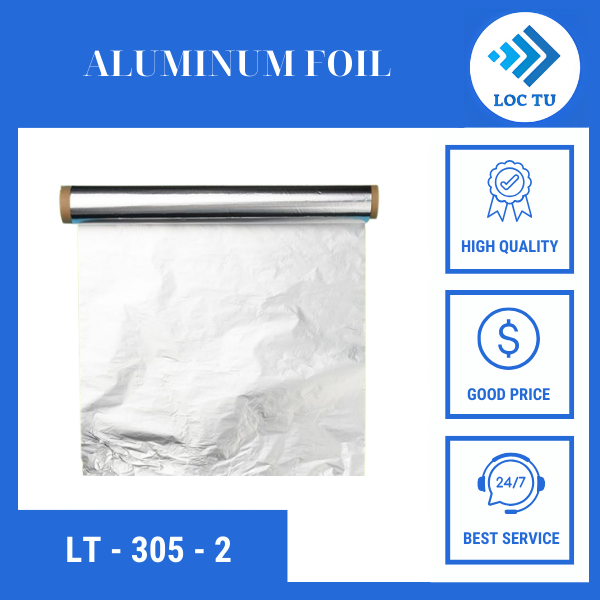
Loc Tu: Pioneering Excellence in Premium Aluminum Packaging Solutions
Why Choose Loc Tu:
✅ Assured Quality & Safety: Crafted from premium, food-grade aluminum, free from harmful impurities, meeting international safety benchmarks.
🔥 Optimal Thermal Properties: Ensures even cooking and excellent heat retention, preserving food temperature and taste effectively.
💪 Durable & Convenient Design: Engineered to resist leaks and dents, providing reliable performance for baking, storage, and transport.
🔄 Versatile Solutions: Our extensive range caters to various applications – from baking and steaming to storing fresh food and takeaway meals.
🌱 Eco-Conscious Packaging: Made from 100% recyclable aluminum, supporting sustainability and reducing plastic waste.
🎯 Brand Enhancement: Optional custom printing available to personalize products and boost your brand visibility.
🚚 Reliable Supply & Delivery: Capable of handling large orders with dependable, on-schedule nationwide shipping.
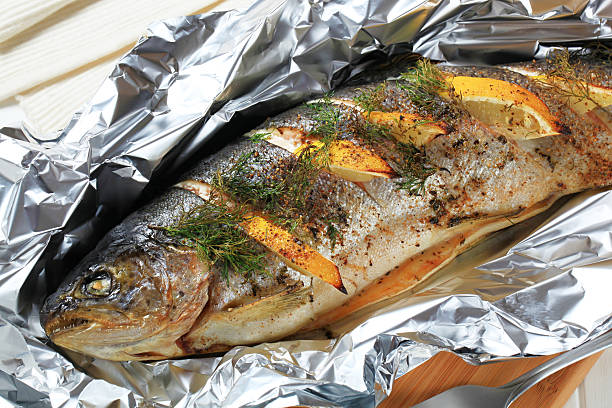
Your Trusted Partner in Food Packaging 📞
📌 LOC TU MANUFACTURING & TRADING CO., LTD
📌 Website: ALUMINUMFOILVN
📌 HOTLINE/ZALO: +84.969.787.309
📌 Facebook: Khay nhom thuc pham
📌 Youtube: Khay nhom thuc pham Loc Tu
📌 Tik Tok: Khay nhom Loc Tu
📌 Shopee: Khay nhom thuc pham Loc Tu
📌 Telegram: Khay Nhom Thuc Pham Loc Tu
📌 Whatsapp: +84.969.787.309
📌 Branch 1 (Hanoi): No. 1 Pham Tu, Beasky Building, Dai Kim Ward, Hoang Mai District, Hanoi
📌 Branch 2 (Binh Duong): No. 68, DX 051 Street, Group 17, Quarter 4, Phu My Ward, Thu Dau Mot City, Binh Duong Province
📞 Contact us today for expert consultation and the best pricing on premium aluminum trays, foil, and food packaging solutions! 🚀
LOC TU PRODUCTION AND TRADING COMPANY LIMITED
Branch 1 (Binh Duong): No. 68, DX 051 Street, Group 17, Quarter 4, Phu My Ward, Thu Dau Mot City.
Branch 2 (Hanoi): No. 1 Pham Tu, Beasky Building, Dai Kim Ward, Hoang Mai District.
Hotline/Zalo: +84.969787309
Website: Khaynhomthucpham.com
Email: [email protected]